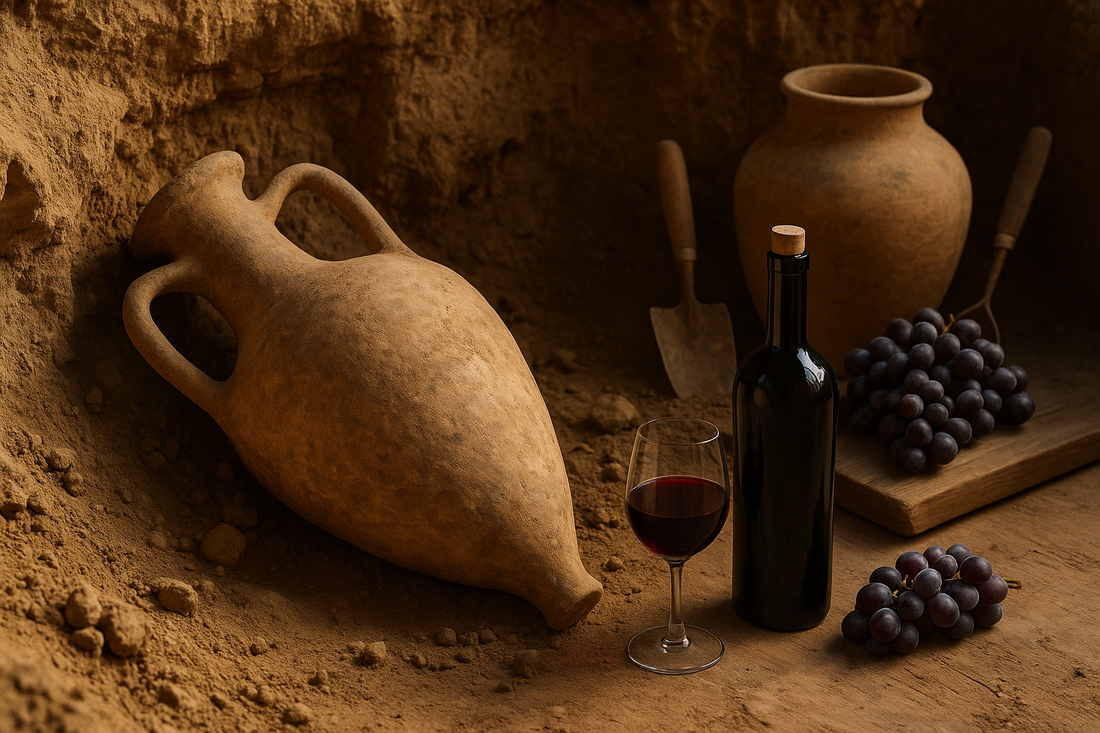
Ancient amphorae reveal Roman wine secrets
Share
Unearthing Amphorae: Uncovering the Past
As archaeologists meticulously excavate ancient sites across the Mediterranean, they are often greeted by the sight of amphorae, the iconic clay vessels that once cradled the prized wines of the Roman Empire. Each amphora, with its distinct shape and markings, serves as a tangible link to the past, offering insights into trade routes, agricultural practices, and even the social customs of ancient civilizations. The careful analysis of these artifacts reveals not only the types of wine that were produced but also the regions from which they originated, illuminating the complex network of commerce that flourished in antiquity. Moreover, the residues found within these vessels provide invaluable information about the winemaking techniques employed by Roman vintners. By studying these remnants, researchers can reconstruct ancient recipes, shedding light on the flavors and varieties that once tantalized the palates of emperors and commoners alike. Thus, the unearthing of amphorae becomes a key to unlocking the rich tapestry of Roman viticulture, connecting us to a world long gone yet still resonant today.
Ancient Winemaking Techniques: A Blend of History and Innovation
The ancient world of winemaking was a fascinating interplay of tradition and innovation, as artisans honed their craft over centuries. Techniques varied significantly across regions, influenced by local climates, grape varieties, and cultural practices. In the Mediterranean, for instance, the use of amphorae—large clay vessels—was pivotal. These containers not only facilitated fermentation but also allowed for the storage and transport of wine, their unique shapes contributing to the wine's flavor profile through micro-oxygenation.
Roman vintners were particularly adept at blending different grape varieties, creating complex wines that catered to diverse palates. They employed techniques such as adding herbs and spices, which not only enhanced flavor but also served as preservatives. The meticulous attention to detail in the winemaking process reflected a broader understanding of fermentation science, showcasing an early form of innovation that laid the groundwork for modern practices. As archaeologists continue to unearth amphorae and study their contents, they unlock secrets of ancient winemaking, revealing a rich tapestry of flavors and methods that have influenced generations of winemakers.
Modern Implications: Reviving Lost Flavors and Cultures
As researchers delve deeper into the secrets held within ancient amphorae, the implications extend far beyond mere historical curiosity. The revival of lost flavors and cultures is becoming a tangible reality, as modern winemakers and culinary experts harness the knowledge gleaned from these archaeological findings. By analyzing the residue and chemical signatures left in these vessels, they can recreate ancient Roman wine varieties, offering a sensory journey back to a time when taste was intricately linked to local terroirs and traditions.
This rediscovery not only enriches our palates but also fosters a greater appreciation for the cultural narratives woven into each bottle. As contemporary consumers seek authenticity in their food and drink, the revival of these ancient flavors serves as a bridge connecting us to a rich heritage. Furthermore, this movement encourages sustainable practices, as winemakers are inspired to adopt traditional methods that honor the land and its history. Thus, the exploration of ancient amphorae is not just about wine; it's about reviving a sense of identity and continuity that resonates in today's globalized world.
